Why Chimney Flue Tiles Crack & How to Fix Them
Routine chimney maintenance starts with an inspection. When one of our Northeastern Chimney technicians visits your home, they’ll inspect each component of your chimney for issues. This includes your cap, crown, damper, firebox, masonry, and more. In addition, they’ll also examine your flue, looking for signs of damage including cracked tiles.
Why do chimney flue tiles crack? And how can you get them fixed? Let’s unpack these two questions today.
Call Us at 877-959-3534 for Chimney Service
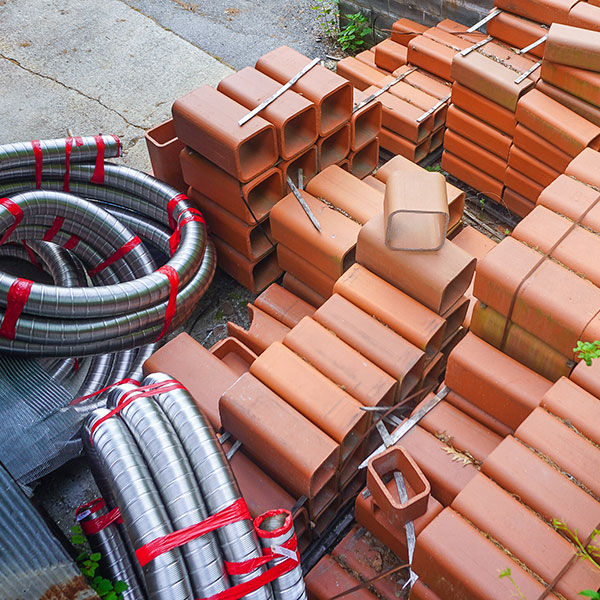 First, what is a chimney flue?
First, what is a chimney flue?
When you look at your chimney from the outside, you may not realize that there is an internal structure called your flue. This is a tube that directs smoke and other toxic gasses up and out of your firebox whenever you’re burning a fire.
Types of chimney flues
There are three primary types of chimney flue materials. In modern home construction, contractors will usually use metal, either stainless steel or aluminum. Concrete is a second option, though also the most expensive choice.
The most common option is using clay tiles, which is our focus today. With routine maintenance, a clay flue can last for a very long time.
Call Us at 877-959-3534 for Chimney Service
Why do flue tiles crack?
There are several reasons why flue tiles crack. A less common, though not unheard of, reason is due to a lightning strike. In addition, poor craftsmanship can lead to the quick deterioration of your chimney flue tiles.
Finally, corrosion from gasses and moisture exposure both play a big part in chimney flue tile breakdown.
Is this dangerous?
Your chimney flue is designed to allow smoke and other gasses to safely exit your home. If your flue tiles are cracked, this can lead to those fumes backing up into your home. In addition, creosote can take hold within flue tile cracks, leading to an excessive buildup (and a potential house fire).
So in a word, yes. Cracked flue tiles pose a danger to your home.
Can cracked chimney flue tiles be replaced?
Also in a word, yes though with caution. It’s far easier to replace cracked flue tiles near the crown of your chimney. Deeper within, however, you’re going to want to look at relining your chimney.
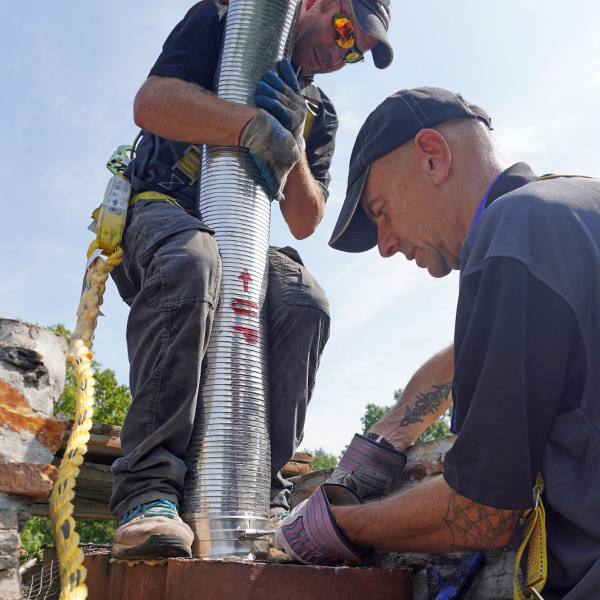 Relining your chimney
Relining your chimney
Depending on the extent of your damage, it may be more cost-effective to reline your chimney with a stainless steel flue. In most cases, stainless steel includes a lifetime warranty, provided you’ve followed proper maintenance procedures, including annual inspections, sweeps, and waterproofing countermeasures.
Schedule an inspection if you’re ever in doubt
As a rule of thumb, a homeowner should schedule a chimney inspection before the start of the cold weather season. At the very least, a chimney needs to be inspected before it’s used for the first time each year.
Call Us at 877-959-3534 for Chimney Service
This post first appeared on https://www.mychimney.com
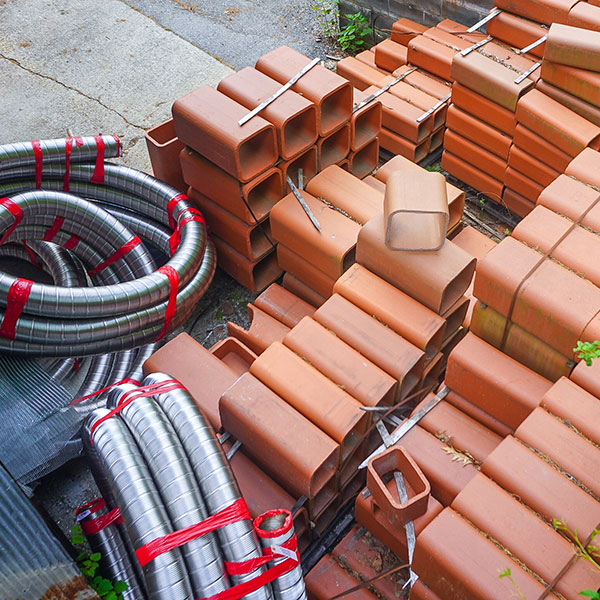 How Do Flue Tiles Crack?
How Do Flue Tiles Crack?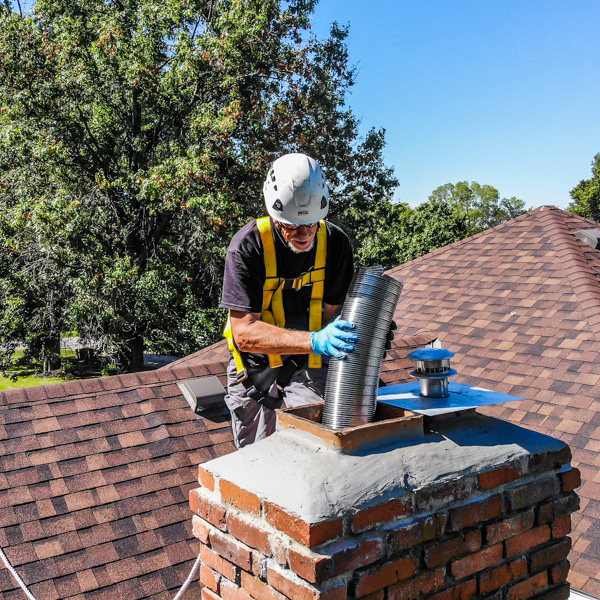 How Do I Know When My Flue Liner Needs Replacing?
How Do I Know When My Flue Liner Needs Replacing?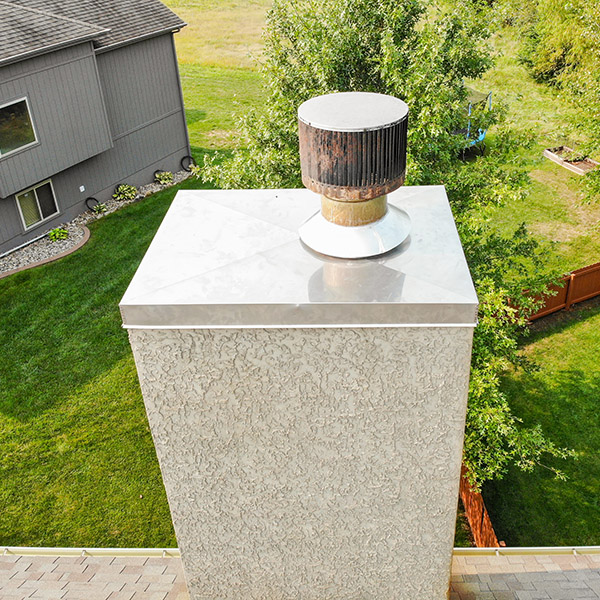 What is a Chimney Chase Cover?
What is a Chimney Chase Cover?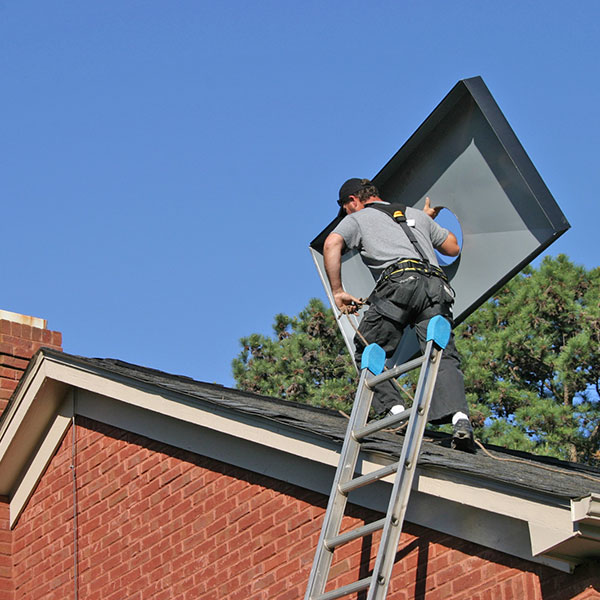
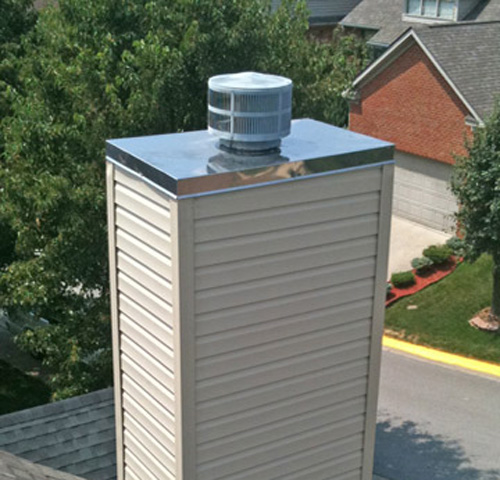 What is a Chimney Chase?
What is a Chimney Chase?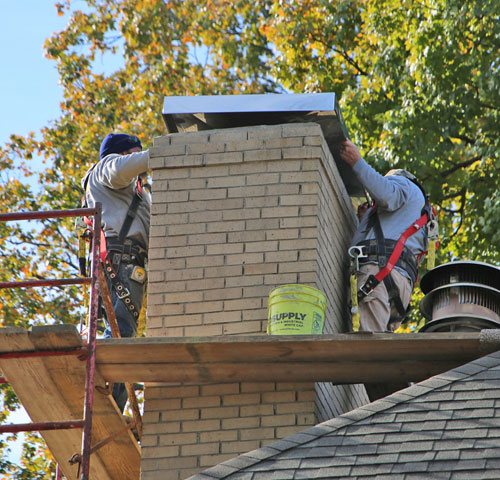 Why is a Chase Cover Necessary?
Why is a Chase Cover Necessary?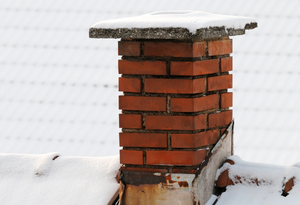


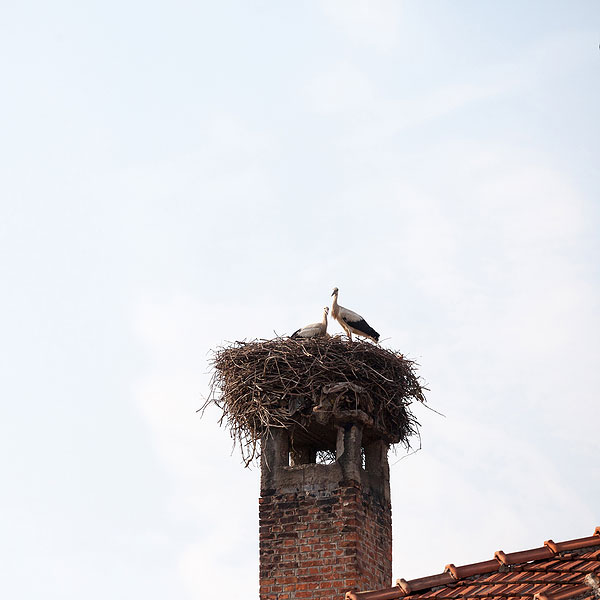 Why do chimneys become blocked and obstructed?
Why do chimneys become blocked and obstructed?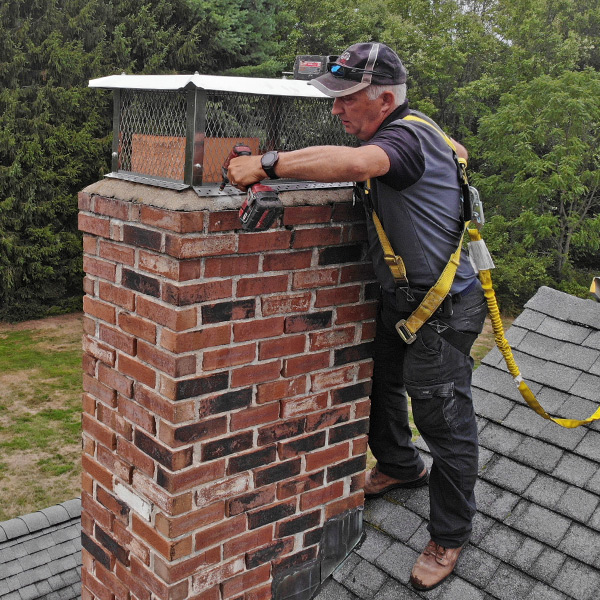 The best way to prevent some obstructions
The best way to prevent some obstructions